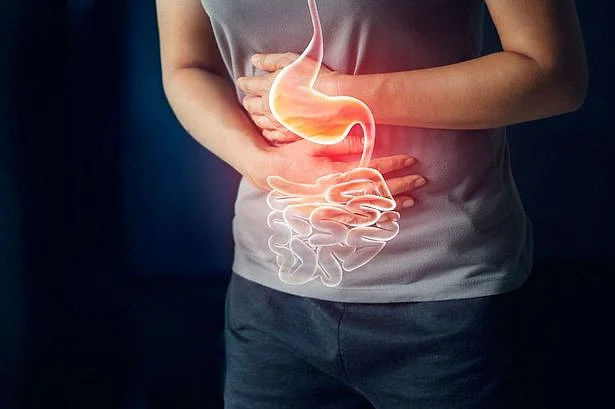In a significant advance for gastrointestinal health, a team of scientists have found certain gut bacteria and chemicals—known as biomarkers—that could help doctors detect and treat serious conditions like gastric cancer (GC), colorectal cancer (CRC), and inflammatory bowel disease (IBD) earlier and more easily.
These biomarkers, found in the stomach and intestines, are linked to specific diseases. Some even appear in more than one condition, suggesting they could be used to diagnose multiple diseases at once—without the need for invasive procedures like endoscopies or biopsies.
The research team used powerful computer tools, including artificial intelligence (AI) and machine learning, to study large sets of data from patients with GC, CRC, and IBD. Their analysis showed that a computer model trained on data from gastric cancer patients could accurately spot signs of IBD. Similarly, a model based on colorectal cancer data could predict gastric cancer markers, showing strong links between the diseases.
This study was led by researchers from the University of Birmingham Dubai, University of Birmingham (UK), and University Hospitals Birmingham NHS Foundation Trust. It was recently published in the Journal of Translational Medicine.
Dr. Animesh Acharjee, one of the lead authors, said, “Current tests like endoscopy and biopsy work well but can be uncomfortable, expensive, and might miss early-stage disease. Our work helps us understand how these diseases develop and finds early warning signs that can guide more personalised treatments.”
The scientists found that in gastric cancer patients, bacteria from groups like Firmicutes, Bacteroidetes, and Actinobacteria were common. Certain chemicals like dihydrouracil and taurine were also found in higher amounts. Some of these markers were also seen in IBD patients.
Similarly, in colorectal cancer, bacteria like Fusobacterium and Enterococcus stood out, along with chemicals like isoleucine and nicotinamide. Some of these also appeared in gastric cancer cases.
In IBD, bacteria from the Lachnospiraceae family and chemicals like urobilin and glycerate were key markers. Interestingly, some of these are also linked to cancer, suggesting a deeper connection between these conditions.
The team also used computer models to simulate how gut bacteria grow and how they interact with different chemicals. This helped them understand the big differences between a healthy gut and one affected by disease.
Dr. Acharjee added, “Our results show that it may be possible to use biomarkers from one disease to help identify another. This kind of approach could lead to new tools that make it quicker and easier to diagnose a range of digestive diseases, all with the same test.”














